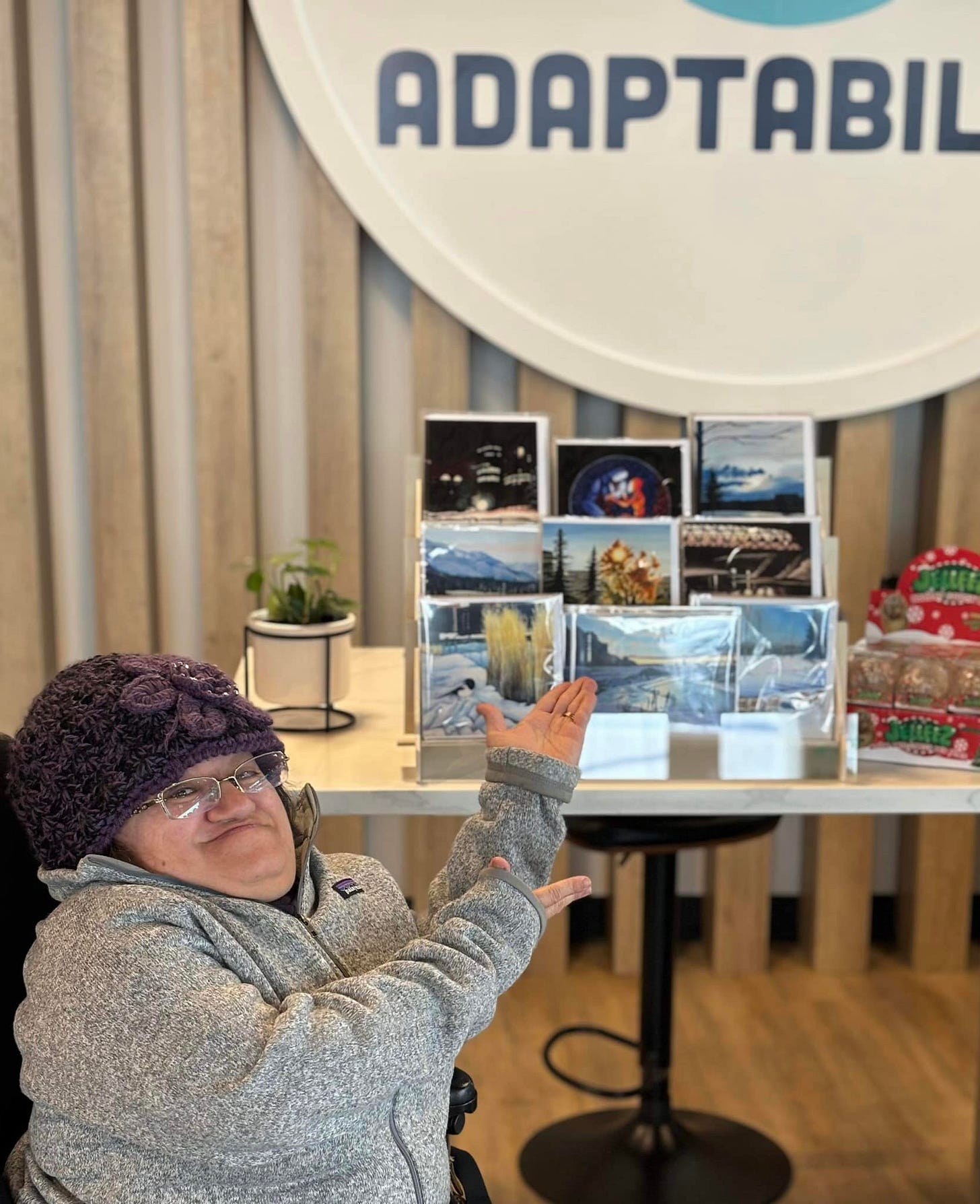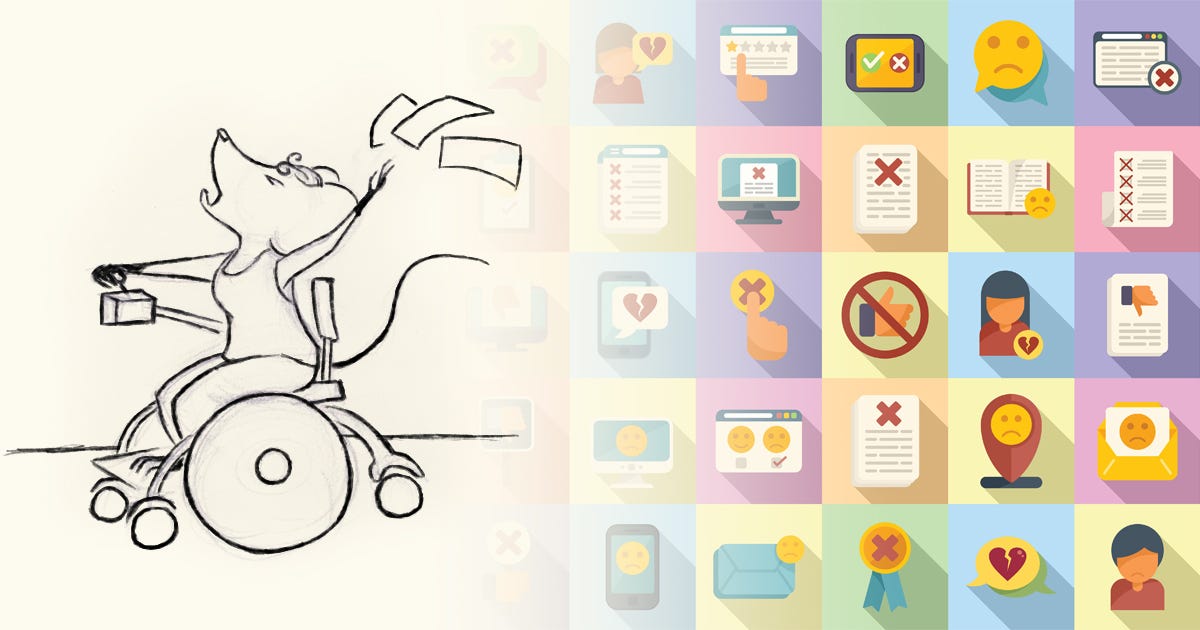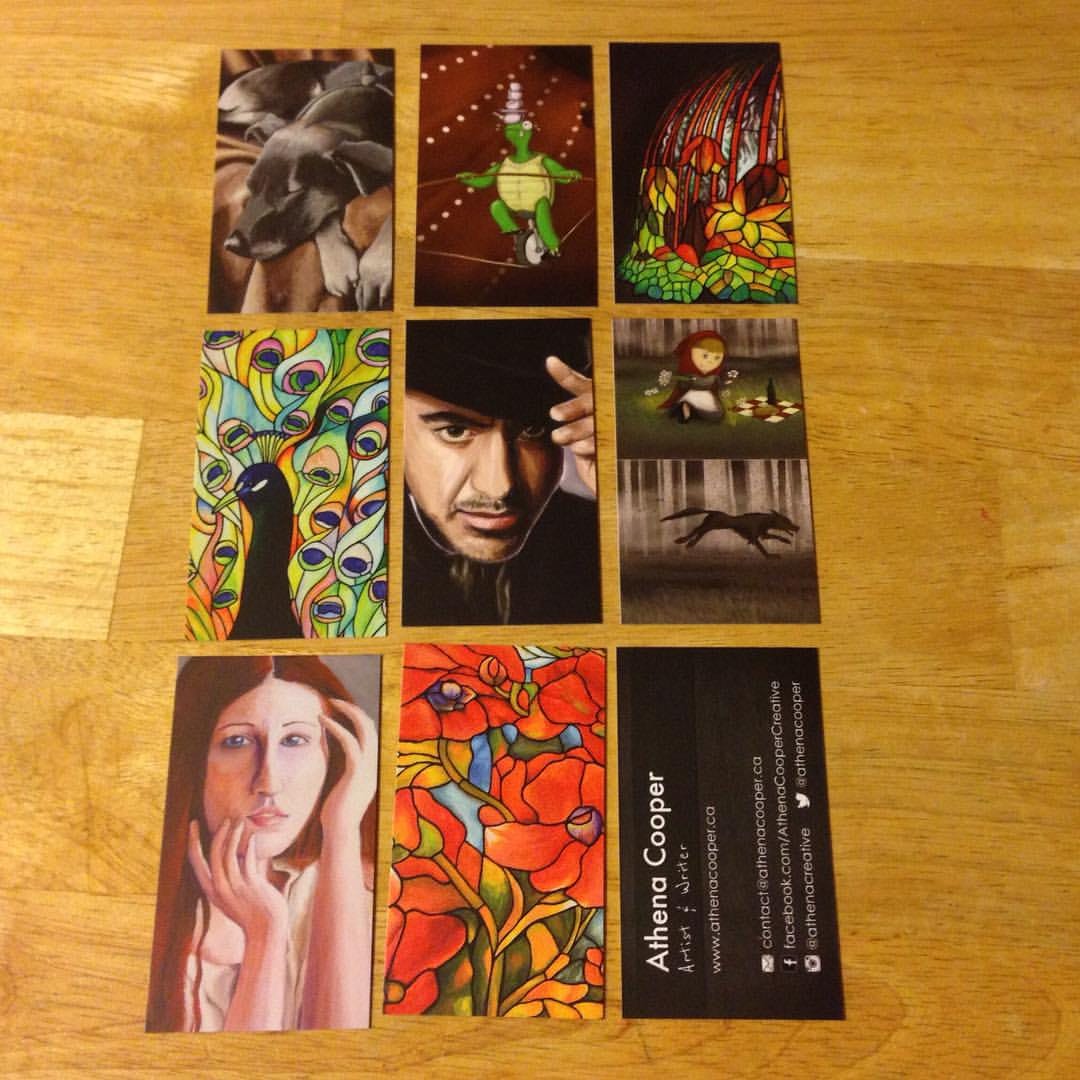Why I gave up on social media as a creative entrepreneur
The forgotten art of handshake marketing
Three years ago, I was tearing my hair out and feeling completely frustrated with the energy I was devoting to my various social media channels. Even though I had a fair bit of experience at it, using social media to promote myself and my art felt akin to screaming into the void. It wasn’t a good use of my time and was negatively impacting my mental health.
I started “Athena’s Art Newsletter” as an act of rebellion against all the forces that said I needed to be constantly active on social media to have a successful career as an artist.
With this being my 89th post, I can confidently say it was the best decision I ever made.
Now, to be perfectly clear, I’ve never completely abandoned my social media channels in the past three years. I simply stopped caring about them. I now operate under a newsletter-first promotional strategy, which dovetails nicely with my belief that the best way to succeed in a world that is so impersonal and technologically driven is by being as authentic and personal as possible.
I call it “handshake marketing.”
How social media marketing is sold to creatives
Many artists, including myself, are introverts. We want to stay in our homes and studios far away from all the people and focus on creating our work. The mere thought of talking to someone directly about buying or supporting our work can be downright terrifying.
Enter social media with the promise of allowing artists to sit behind their computer screens—ideally in a pair of comfy pyjamas—and throw our creative work out into the aether. The belief is that all one has to do is post a lot of content, and magically, the audience for the work will find it.
In the fantasy, the artist will instantly go viral with tons and tons of positive comments and followers. The sales will come rolling in from a slew of strangers and the artist won’t have to do the thing they fear most… actually talk to another human being one-on-one about their art.
Why I believe focusing obsessively on social media is a terrible strategy
Firstly, for the vast majority of people, it doesn’t work.
Sure, there are some wild success stories of artists who have made it big using social media as their primary platform. Stories like these are what keep the social media myth alive for all the artists toiling away on their channels. Remember, some folks have made their millions through buying lottery tickets, and I would argue that an artist’s chance of hitting it big on social media is about the same as winning the lottery.
What’s far more likely to happen?
Spending an inordinate amount of time making a lot of inauthentic, derivative content that you secretly hate—eg. recording time lapses or spin around painting reveals, because you’ve been told this is what is going to get eyeballs on your work.
Fighting endlessly with the almighty algorithm. As an example, even though my Instagram has over 1600 followers, I will typically get about 100 views on an art post. So, even people who have chosen to follow me aren’t seeing my work because the algorithm, in its unknowable wisdom, won’t show it to them.
Getting sucked into all the negative aspects of social media in general including comparing yourself to other artists and doomscrolling endlessly during these trying times. I highly recommend Jonathan Haidt’s book “The Anxious Generation,” which outlines all the ways social media is terrible for our brains and society as a whole.
Deciding to pay to boost your content in a last-ditch effort to get your work in front of viewers. There are limited scenarios where I would argue that “paying to play” might be worth it, such as when I was promoting my exhibit last year. Just be aware that no matter what your promotional budget, only a small fraction of folks who see a promoted post will take action on it.
Long and short, my advice on social media channels as a marketing strategy is that they are necessary, but in the same way that having a telephone or email address at the ready is necessary for helping folks to find you. Allocate your time and energy accordingly.
So, what do I believe is a better strategy?
Refine your elevator pitch
I was recently at a medical appointment with a new specialist, and he turned to me and asked, “So, what do you do?”
I responded, “I am a visual artist and creativity coach. I’m currently working on a picture book by another author for a Toronto publisher. The project is being funded by Calgary Arts Development and Canada Council for the Arts.”
Now, admittedly, this was probably a bit of an overshare given the setting, although I was silently pleased to see it raise the eyebrows of the nurse who was taking notes during our session.
As someone with a disability, I have gotten used to arming myself with statements like this because I know they are what I need to get people to take me seriously. I don’t want to pussyfoot around, and a short, strong statement can cut through a great many misconceptions about myself and my disability.
It is also a great tool for anyone. Think of all the scenarios where we need to quickly introduce who we are and what we do—everything from professional networking events to casual social activities like dinner parties or weddings. A strong introduction can spark a genuine conversation and a potential new connection, which is really what marketing is all about.
Not sure if you can legitimately call yourself an artist?
Do you make art?
Done. You’re an artist.
Believe me when I say that the amount of confidence you can imbue into that declaration is 90% of what is required to enter the ranks of this profession.
Always, always, ALWAYS carry business cards
If I’ve had a good conversation with someone I’ve just met, I will ask if I can give them a business card. It’s my way of saying, “I enjoyed this conversation and I want to give you a way to find me again.”
If they strike me as someone with a professional bent, I might ask them for their card as well or ask if they would like to sign up for my newsletter. Again, this might seem very forward, but I always frame it as an invitation without expectation.
It was good to meet you. Let’s keep in touch. That’s all.
If you’re a visual artist just starting out, I recommend MOO business cards, which allow you to put different pieces of your artwork on the back of your cards. Not only is this like carrying around your portfolio in your pocket, but allowing the person to choose the card with the art they want becomes a conversation in itself.
MOO cards are pricey, though, and, given the number of cards I try to give out, I now go with a more basic option that still gets the job done.
Don’t ask, don’t get
This was the advice of an IT project manager I worked with many years ago. I was routinely astonished by what she could get for our projects by simply asking for what she needed.
Nothing has moved my professional career forward more than living by the “don’t ask, don’t get” philosophy.
Some examples of successful asks…
Asking my Vancouver employer if I could work remotely from Calgary
Asking local businesses in Calgary to carry my greeting cards
Applying for grant funding for my solo exhibit, even though I’d never applied for grants before
Inviting dignitaries and members of the local arts community to my exhibit’s opening reception

A key point about these asks is that they were often individual and personal. When I asked these local businesses to carry my greeting cards, I motored into these businesses in person with an envelope of example cards and a printed catalogue that the business could keep. I would then follow up by email afterwards to keep my ask fresh in their minds.
More often than not, it’s been a highly successful strategy.
Build real relationships
Many artists measure their success by the number of “stranger sales” they can make. It’s a strategy that leans into that desire to cast their art out into the world and have it reach the right people without the artist having to put any further work into cultivating a connection.
It would certainly be easier if it worked this way, but I would argue not nearly as satisfying.
How it’s typically worked for me…
A work colleague of my husband commissions a portrait of her pets and then another for her friend who recently lost their dog
A neighbour in my building buys an original painting for his mother as a gift
A classmate in an online training buys the painting off the wall in my studio because she saw it on Zoom
Someone I volunteer with buys a bulk order of greeting cards for her business
A person I hand a business card to enjoys reading my newsletter for a while, then decides to support with a paid subscription
All of these examples represent instances where a connection had to be nurtured over time. It’s a slow process, but I would argue a worthwhile one if you’re in it for the long haul.
It also changes how I measure success. When I do a market table, my primary goal is to meet people and, ideally, get them signed up for the newsletter. I know that the number of folks I can look in the eye and make that first connection with is worth far more in the long term than any sales I might make that day.
Final thoughts on social media
One of the reasons I wanted to write a post on my views about social media is that I often find myself talking to fellow artists about the subject… on social media.
Yes, the irony is not lost on me.
They’ll be posting about the latest way that the algorithm has screwed them over or how they hate filming time lapse painting videos because the camera gets in the way when they’re trying to work.
They’ll wail, “I didn’t become an artist to be a social media content creator!”
I have met the rare artist who absolutely loves social media. They’ve got a half dozen ideas cooking in their brain about posts they want to make and videos they want to shoot. Coming up with content feeds their spirit, and I say all the power to them. They’ll likely be that social media success story that’s held up because they love doing it.
If that’s not you—just as it wasn’t me all those years ago—it’s okay.
There is another way.







I met you at a 4Cats art class in Vancouver years ago and have been following since then! Another example of in person connections. :)
It takes my breath away how patiently and clearly you ALWAYS lay out every single key point with balance and enthusiasm. I learned a LOT here in this rich comprehensive Newsletter, delightfully punctuated with photos of you and your work. Thank you Athena!